Kenzo Takada’s biggest career milestones – remembering ‘Japan’s most popular fashion designer’, who died of Covid-19 on the sidelines of Paris Fashion Week
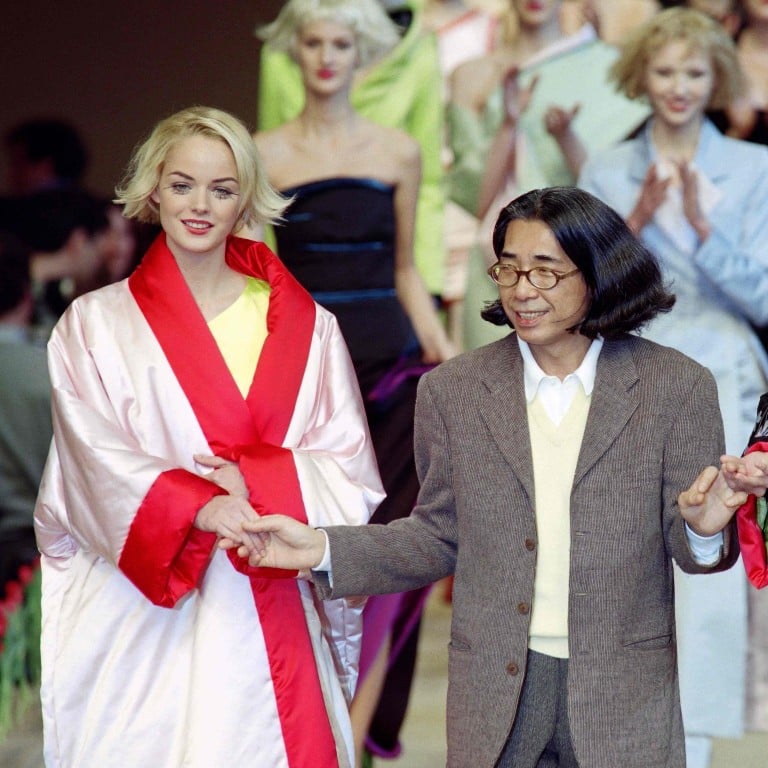
Takada is celebrated for his colourful personality, contagious smile, and the joy and creativity of his works. Below, we remember the biggest milestones in the designer’s life.
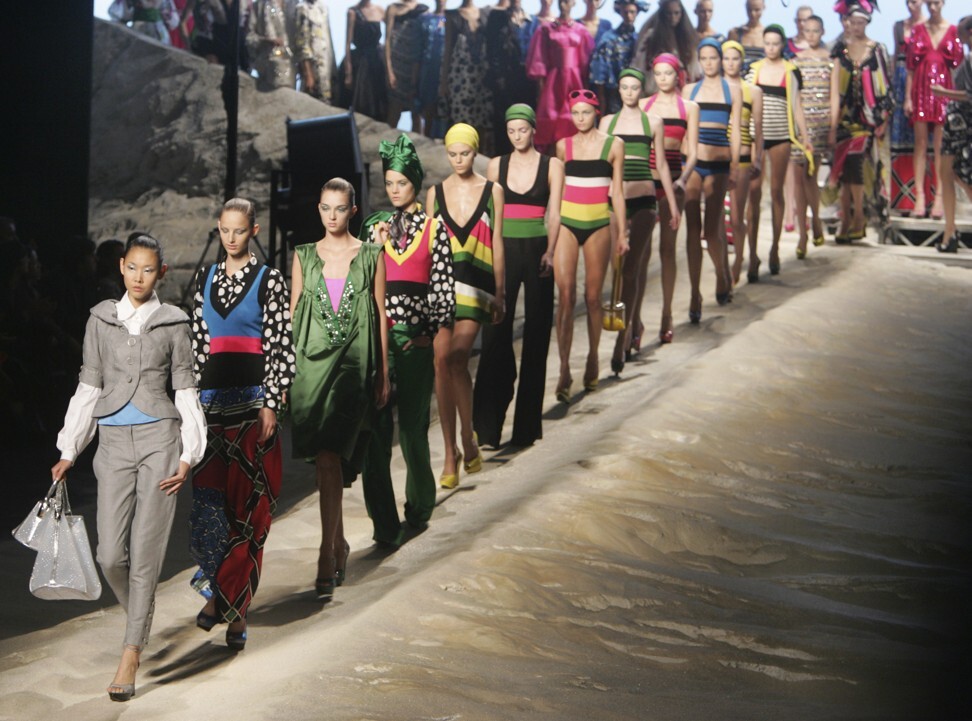
Takada gained early recognition as a designer in his home country of Japan, yet at 25 he set sail to see the world and visit Paris – where he was meant to make it big.
Why luxury brands are crazy for these 4 Japanese models
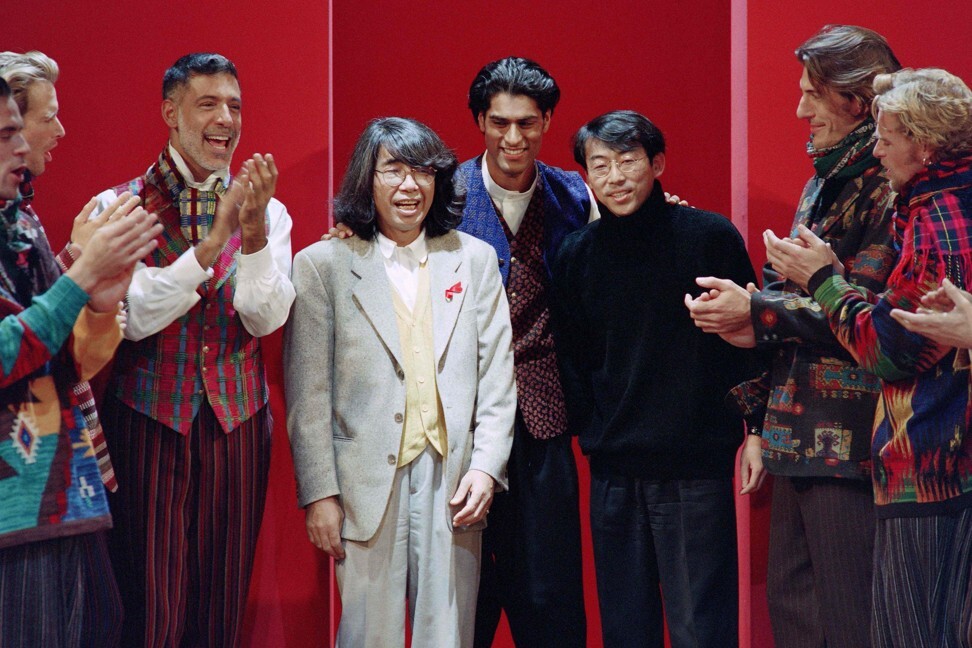
Known for his modern folklore-inspired aesthetic, Takada has his first-ever overseas trip to credit for his exotic style, cross-cultural references, and the global language of his designs.
In 1964, Takada had to leave home as his block of flats was being demolished to make way for the Tokyo Olympics. With 10 months’ worth of rent courtesy of the city government in hand, Takada used the money to travel to the City of Lights – a place he’d only dreamed of, having only seen it in his sisters’ magazines and in the 1960s films that painted Paris as fashion’s centre.
Valentino closed Milan Fashion Week with a lush live show, plus audience
The journey – which Takada made by ship, stopping off at various places along the way – gave him a glimpse into the world. Takada sampled different cultures and ways of life and, ultimately, the unique ways in which the locals dressed.
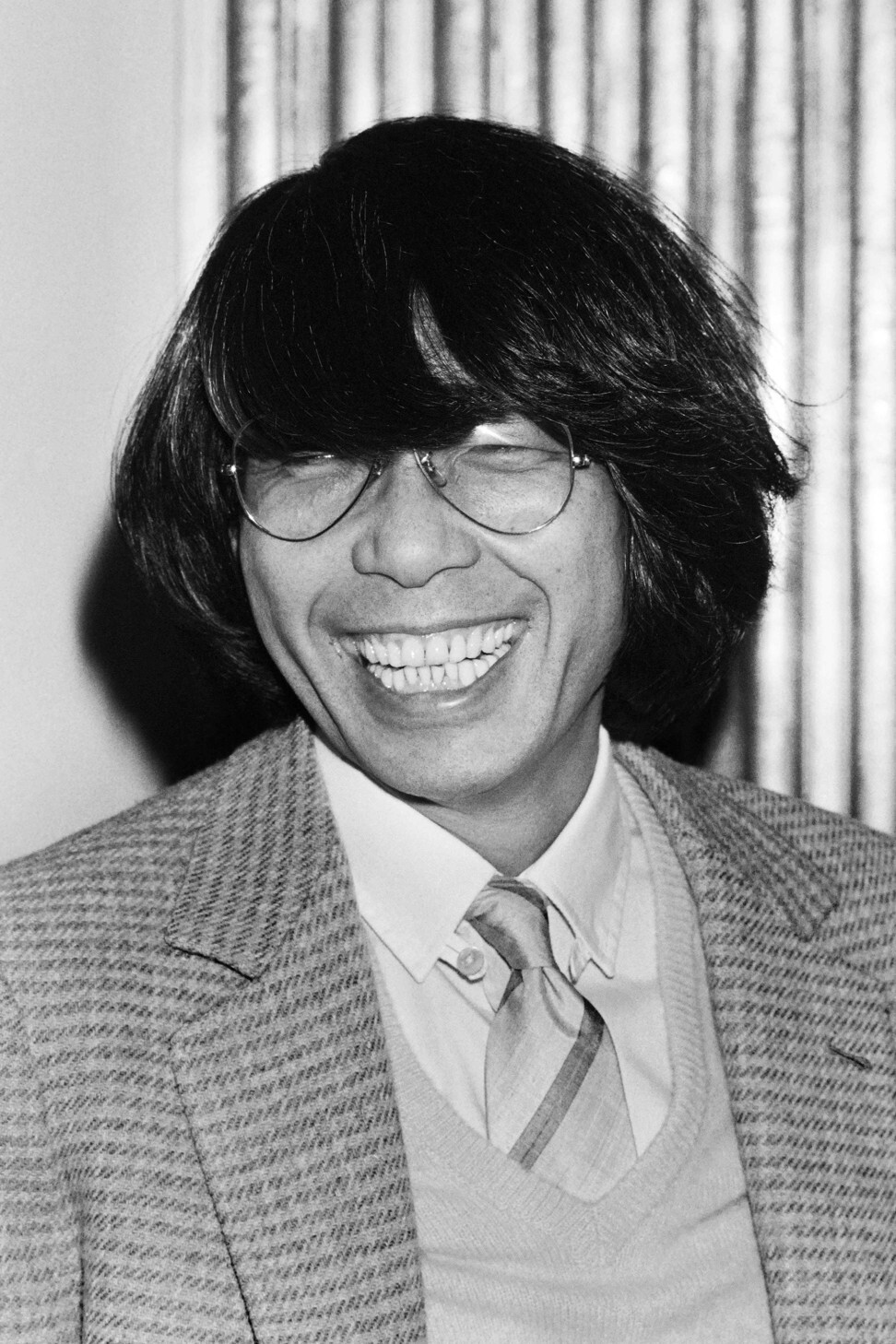
In 1970, Takada set up shop in Paris, calling the boutique “Jungle Jap” in homage to his roots. He decorated the shop’s interiors using a jungle-themed painting by Henri Rousseau as inspiration, creating a unique little corner that fashionistas frequented. “When I opened my shop I thought there was no point in me doing what French designers were doing, because I couldn’t do that,” he told the South China Morning Post in 2019.
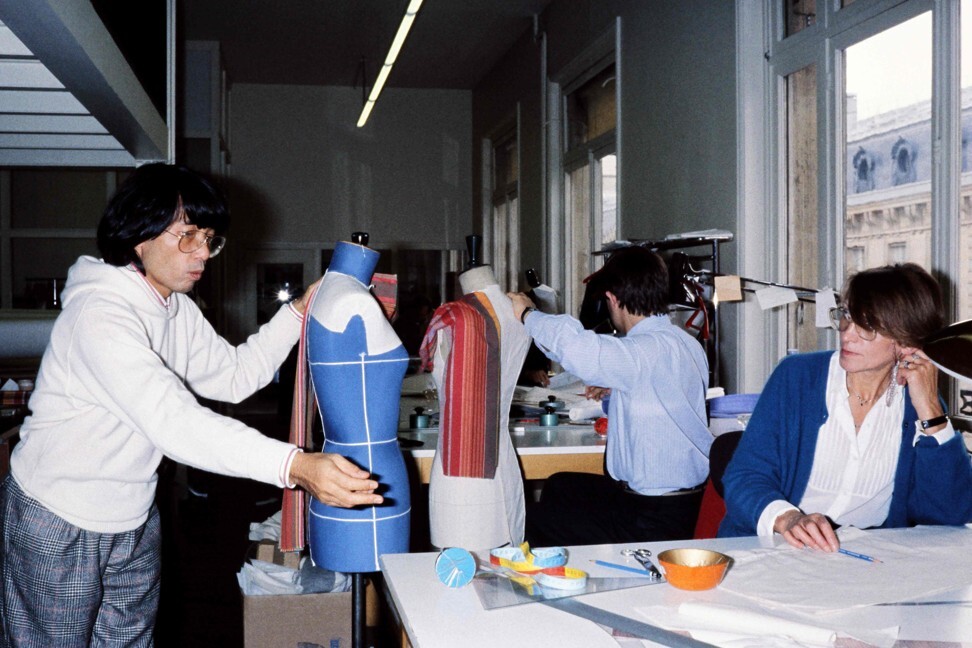
Takada did away with silk and used cotton, a fabric once exclusively used to make summer clothes. He also dipped into bright primary colours and layered prints over patterns, despite these techniques being considered taboos in high fashion.
But disrupting the rules of haute couture was the name of his game. Takada dared to mix Tokyo street style into his creations, modernise the kimono to suit the taste of the French, and indulge in a mishmash of colours and prints, billowing sleeves, and free-flowing silhouettes sans the zips.
He was always one to put on a show. He staged a circus-themed fashion show for his brand, renamed Kenzo, in the late 70s. And then he further shook things up for fun and came out with a fragrance called “King Kong”.
How LGBTQ+-friendly are Asia’s homegrown fashion brands?
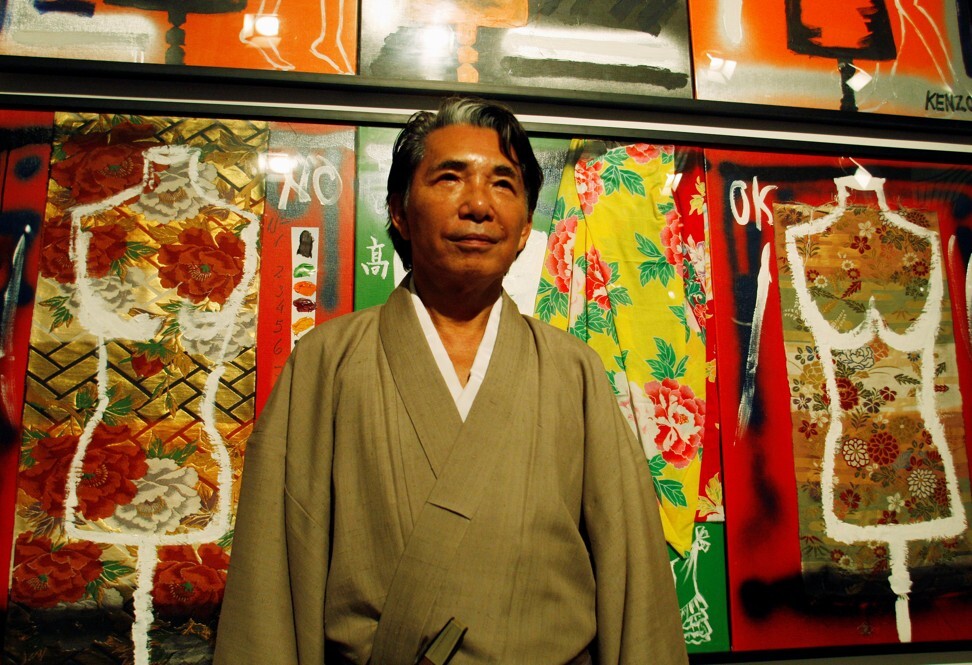
Takada was one of the early designers who saw the grandeur in fashion shows. In 1978 and 1979, he presented in a circus tent, where his models paraded on horseback, wearing transparent uniforms, while he himself rode an elephant.
How luxury watchmakers have embraced VR online boutiques during Covid-19
Takada sold his company in 1993, staging a graceful exit in 1999 and retiring.
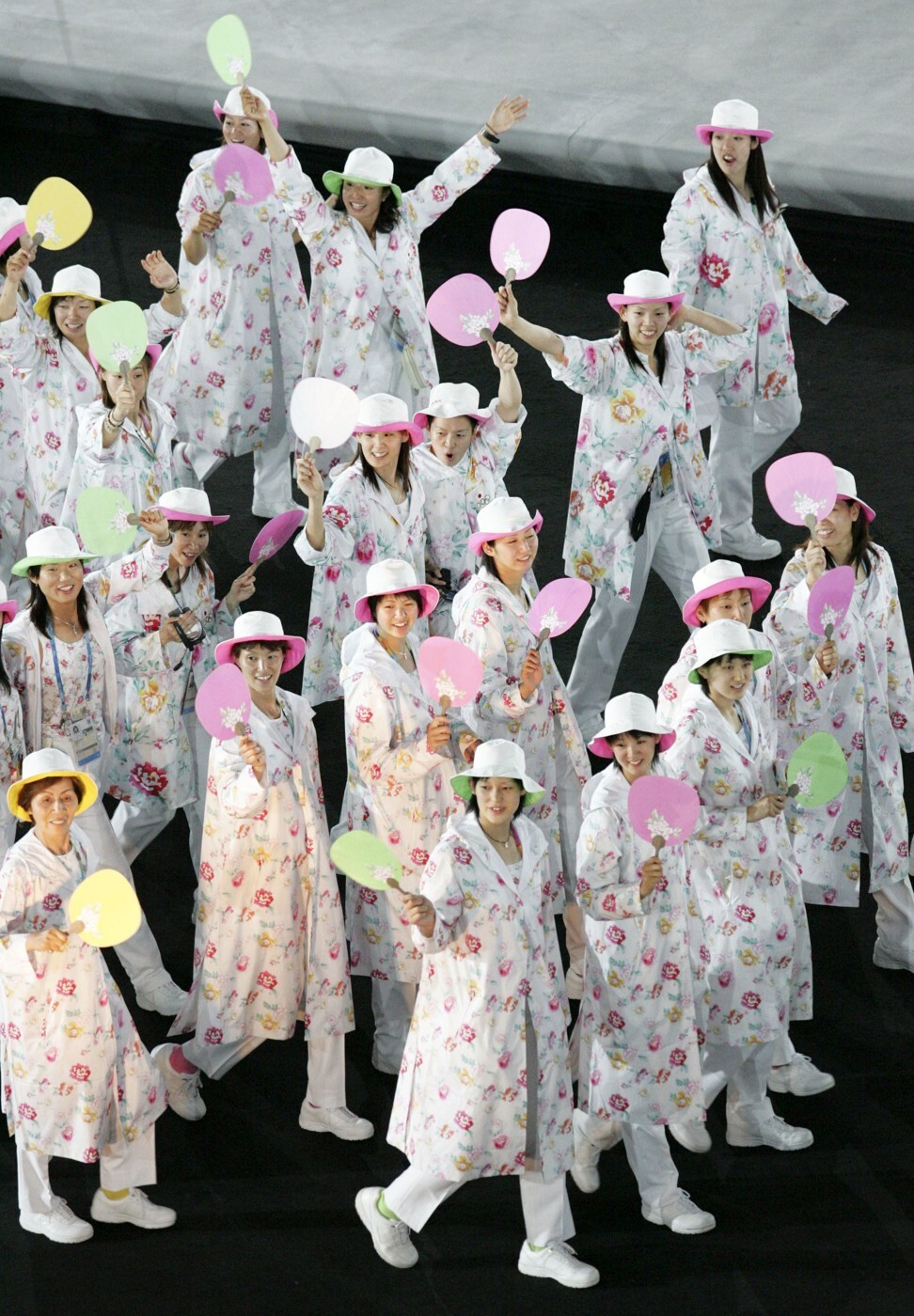
Post-retirement, Takada continued to work on a multitude of projects, from an illustrated book to a Christmas tree.

Takada published a book of his sketches with writer Chihiro Masui in 2018. He created costumes for the Tokyo Nikikai Opera Foundation’s production of Madama Butterfly in 2019. Later that year, he designed the seven-metre-high Christmas tree for the Mandarin Oriental Jumeira in Dubai.
In 2020, at 80 years old, Takada launched his lifestyle brand, K3, unveiled at Maison & Objet in Paris.
Want more stories like this? Sign up here. Follow STYLE on Facebook, Instagram, YouTube and Twitter .

Kenzo Takada shook up the Paris fashion scene alongside Yves Saint Laurent and Sonia Rykiel and paved the way for fellow Japanese designers Issey Miyake, Yohji Yamamoto and Rei Kawakubo – remembering the ‘first Asian designer’